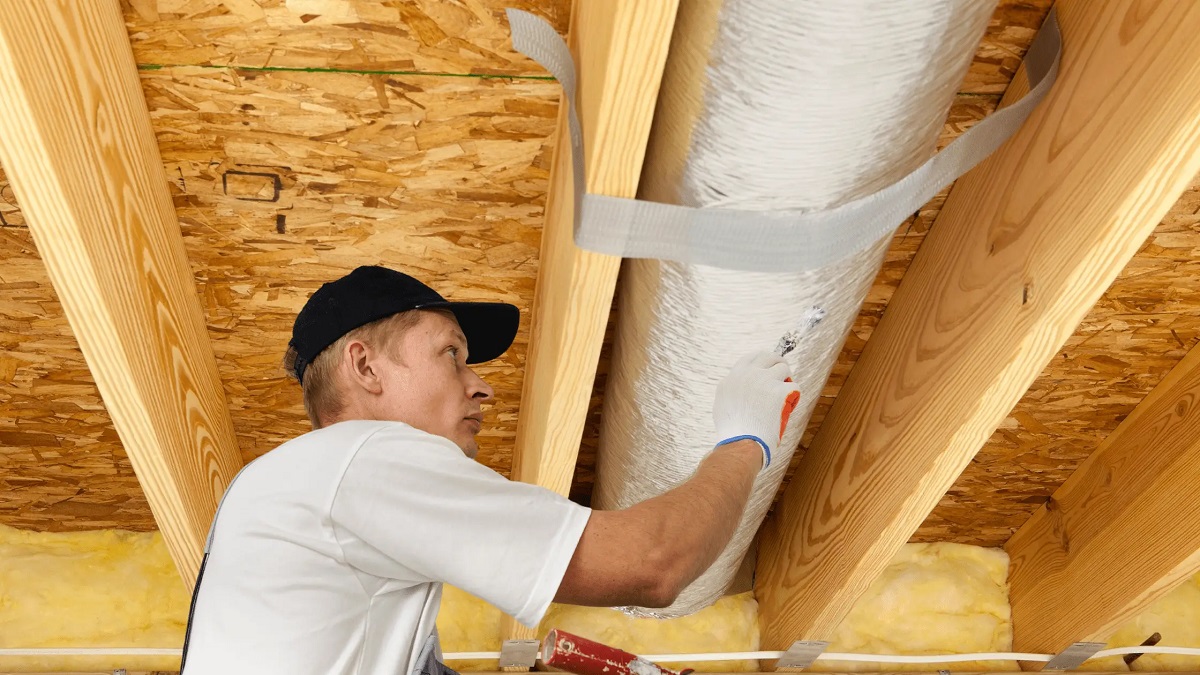

Articles
What Insulation To Use For Basement Ceiling
Modified: February 23, 2024
Discover the best insulation options for your basement ceiling in our informative articles. Whether it's fiberglass, foam, or spray insulation, find the perfect solution for your needs.
(Many of the links in this article redirect to a specific reviewed product. Your purchase of these products through affiliate links helps to generate commission for Storables.com, at no extra cost. Learn more)
Introduction
Insulating your basement ceiling is a crucial step in maintaining a comfortable and energy-efficient home. The basement is often one of the coldest areas in a house, and without proper insulation, it can be a significant source of heat loss during the winter months. Additionally, an uninsulated basement ceiling can lead to increased energy bills and discomfort for the occupants of the space.
When it comes to choosing the right insulation for your basement ceiling, there are several factors to consider. The type of insulation, the desired level of insulation, and the budget are all important considerations. Each type of insulation has its own advantages and disadvantages, and understanding these differences will help you make an informed decision about the best insulation for your specific needs.
In this article, we will explore the various types of insulation commonly used for basement ceilings, including fiberglass insulation, foam board insulation, mineral wool insulation, spray foam insulation, and reflective insulation. We will discuss the pros and cons of each option, as well as important installation techniques and the benefits of insulating your basement ceiling.
By the end of this article, you will have a comprehensive understanding of the different insulation options available for basement ceilings and be equipped to choose the most suitable one for your home.
Key Takeaways:
- Choosing the right insulation for your basement ceiling involves considering factors such as R-value, moisture resistance, fire resistance, soundproofing, and installation techniques. Each type of insulation has its own advantages and disadvantages, so it’s important to weigh these factors to make an informed decision.
- Insulating your basement ceiling offers numerous benefits, including improved energy efficiency, reduced heat loss, enhanced moisture control, soundproofing, increased comfort, fire safety, and enhanced resale value. It’s a worthwhile investment that transforms your basement into a functional and comfortable living space.
Read more: What Insulation To Use In Basement Ceiling
Factors to consider when choosing insulation for basement ceilings
When selecting insulation for your basement ceiling, there are several key factors to consider. These factors will help you determine the type of insulation that is best suited for your specific needs. Let’s take a closer look at these considerations:
- R-Value: The R-value is a measure of an insulation material’s resistance to heat flow. Higher R-values indicate better insulation properties. The R-value required for your basement ceiling will depend on your climate and the desired level of insulation.
- Moisture resistance: Basements are prone to high levels of moisture, so it’s essential to select insulation that can resist moisture and prevent mold and mildew growth. Look for insulation materials that have moisture-resistant properties.
- Fire resistance: Fire safety is crucial, especially in basements. Choose insulation materials that have fire-resistant properties to ensure the safety of your home and its occupants.
- Soundproofing: If you plan to use the basement as a living space or entertainment area, consider insulation that offers soundproofing capabilities. This will help reduce noise transmission between floors and create a quieter environment.
- Space constraints: Evaluate the available space in your basement ceiling. Some insulation materials require more space than others. Ensure that the chosen insulation won’t significantly reduce the ceiling height or interfere with utilities, such as pipes and wiring.
- Budget: The cost of insulation varies depending on the type and quality. Set a budget in advance and choose an insulation option that fits within your financial limitations.
- Installation: Consider the installation process and determine whether you plan to tackle it yourself or hire a professional. Some insulation materials may be easier to install than others, and professional installation may be required for certain types.
By considering these factors, you will be able to make a well-informed decision when choosing insulation for your basement ceiling. It’s important to weigh the advantages and disadvantages of each option to find the best fit for your specific requirements.
Fiberglass insulation
Fiberglass insulation is one of the most popular options for insulating basement ceilings. It is made of extremely fine glass fibers that are spun into a material resembling wool. Here are some key points to consider about fiberglass insulation:
- Installation: Fiberglass insulation comes in rolls or batts and is relatively easy to install. It can be cut to size and fitted between the ceiling joists. The material is lightweight, making it manageable for DIY installation.
- R-Value: Fiberglass insulation offers a respectable R-value, typically ranging from R-11 to R-38, depending on the thickness and density of the material. This helps provide effective thermal resistance and reduces heat transfer.
- Moisture resistance: While fiberglass insulation is not inherently water-resistant, certain types are available with moisture-resistant coatings or facing materials, which can help prevent moisture buildup and mold growth. It’s crucial to choose the appropriate type for basement applications.
- Fire resistance: Fiberglass insulation is naturally fire-resistant due to the non-combustible nature of the glass fibers. However, it can still melt or lose its structural integrity at high temperatures. Consider using fire-resistant facings or barriers for added safety.
- Soundproofing: Fiberglass insulation provides limited soundproofing capabilities. It can help reduce airborne noise transmission to some extent but may not be as effective as other insulation materials specifically designed for soundproofing purposes.
- Cost: Fiberglass insulation is relatively affordable, making it a popular choice for budget-conscious homeowners. The overall cost will depend on the thickness and coverage area required for your basement ceiling.
Fiberglass insulation is a versatile and widely available option that provides adequate thermal insulation for basement ceilings. It is important to wear appropriate protective gear, such as gloves and a mask, during installation to avoid skin irritation and respiratory issues caused by the glass fibers.
When choosing fiberglass insulation for your basement ceiling, ensure that you select the appropriate R-value and consider any additional factors, such as moisture resistance and fire safety, based on your specific requirements and local building codes.
Foam board insulation
Foam board insulation, also known as rigid foam insulation, is another popular choice for basement ceiling insulation. It is made of rigid panels or boards that are composed of polystyrene or polyisocyanurate foam. Here are some important points to consider about foam board insulation:
- Installation: Foam board insulation is relatively easy to handle and install. The panels can be cut to size and easily fitted between the ceiling joists. They can also be attached to the ceiling using adhesive or mechanical fasteners. Proper sealing of joints and edges is important to ensure maximum insulation effectiveness.
- R-Value: Foam board insulation offers a higher R-value compared to fiberglass insulation. The R-value typically ranges from R-4 to R-8 per inch of thickness, making it an excellent choice for providing exceptional thermal resistance and energy efficiency.
- Moisture resistance: Foam board insulation has excellent moisture resistance properties. It does not absorb water and can help prevent moisture accumulation in the basement. This reduces the risk of mold and mildew growth and helps maintain a dry and comfortable space.
- Fire resistance: Foam board insulation is generally considered to be fire-resistant. However, it is important to check the specific materials used in the foam boards for their fire performance rating. Some foam boards have additional fire-resistant coatings or facings to enhance their fire safety properties.
- Soundproofing: Foam board insulation has limited soundproofing capabilities. While it can help reduce airborne noise transmission to some degree, it may not be as effective as specialized soundproofing materials.
- Cost: Foam board insulation is generally more expensive than fiberglass insulation. The cost varies based on the thickness and quality of the foam boards. However, the higher R-value and improved moisture resistance properties may justify the additional investment.
Foam board insulation is an excellent choice for basement ceilings, providing superior insulation and moisture resistance compared to other options. It offers better thermal performance, helping to maintain a comfortable temperature and reduce energy consumption.
When installing foam board insulation, ensure proper ventilation in the basement to allow the foam to breathe and prevent moisture buildup. Additionally, check local building codes for any specific requirements or regulations regarding the use of foam board insulation.
Mineral wool insulation
Mineral wool insulation, also known as rock wool or stone wool insulation, is a versatile option for insulating basement ceilings. It is made from natural rock or mineral fibers that are spun into a dense and fibrous material. Here are some key points to consider about mineral wool insulation:
- Installation: Mineral wool insulation is available in the form of batts or loose-fill insulation and is relatively easy to install. The batts can be cut to fit between ceiling joists, while loose-fill insulation can be blown into hard-to-reach areas. Proper sealing of gaps and joints is essential to maximize its effectiveness.
- R-Value: Mineral wool insulation offers a good R-value, typically ranging from R-3.5 to R-4.3 per inch of thickness. This provides effective thermal resistance and helps to prevent heat loss and gain, improving energy efficiency.
- Moisture resistance: Mineral wool insulation is naturally resistant to moisture. It repels water and does not promote the growth of mold or mildew. This can help maintain a dry and healthy basement environment.
- Fire resistance: Mineral wool insulation is highly fire-resistant. It is non-combustible and can withstand high temperatures without melting or producing toxic fumes. This makes it an excellent choice for improving the fire safety of your basement.
- Soundproofing: Mineral wool insulation offers excellent soundproofing properties. Its dense and fibrous structure helps absorb and reduce noise transmission, making it a great choice if you plan to use the basement as a quiet living space or home theater.
- Cost: Mineral wool insulation is generally more expensive than fiberglass insulation but comparable to foam board insulation. The cost may vary based on the thickness and density of the material. The improved fire resistance and soundproofing capabilities make it a worthwhile investment for some homeowners.
Mineral wool insulation provides reliable thermal insulation, excellent fire resistance, and superior soundproofing properties for basement ceilings. It is a sustainable and eco-friendly option as well, as it is made from natural materials.
During installation, it is important to wear appropriate protective gear, such as gloves, a mask, and goggles, as the fibers can cause skin irritation and respiratory issues. Take care to follow the manufacturer’s guidelines for installation and ensure proper ventilation in the basement to maintain good air quality.
Consider the specific requirements of your basement and your budget when deciding whether mineral wool insulation is the right choice for insulating your basement ceiling.
Spray foam insulation
Spray foam insulation is a popular and effective option for insulating basement ceilings. It is a type of polyurethane foam insulation that is sprayed onto surfaces in liquid form. The foam expands and hardens into a solid insulating layer. Here are some important points to consider about spray foam insulation:
- Installation: Spray foam insulation requires professional installation as it involves the use of specialized equipment. Trained technicians apply the foam onto the ceiling surface, ensuring a uniform and airtight seal. The installation process can be quick and efficient, especially for larger areas.
- R-Value: Spray foam insulation provides one of the highest R-values among insulation materials, typically ranging from R-6 to R-7 per inch of thickness. Its superior thermal resistance helps prevent heat flow and maintain a comfortable temperature in the basement.
- Moisture resistance: Spray foam insulation creates an airtight seal, which minimizes the chances of moisture infiltration. It acts as a vapor barrier, preventing condensation and moisture-related problems in the basement.
- Fire resistance: Spray foam insulation is generally considered to be fire-resistant. It can help retard the spread of flames and offers an additional layer of protection, making it an attractive option for improving the fire safety of your basement.
- Soundproofing: Spray foam insulation provides some level of soundproofing due to its ability to create a continuous and seamless barrier. However, additional soundproofing materials or techniques may be necessary for optimal noise reduction, especially in areas where sound transmission is a concern.
- Cost: Spray foam insulation is generally more expensive than other insulation options. The cost is influenced by factors such as the area to be insulated, the thickness of the foam applied, and the complexity of the installation process. However, the long-term energy savings and benefits may outweigh the initial investment.
Spray foam insulation offers exceptional thermal performance, air sealing qualities, and moisture resistance for basement ceilings. It helps create a more comfortable and energy-efficient living space while minimizing the risk of mold and moisture-related problems.
When considering spray foam insulation, it is important to work with a reputable insulation contractor who is experienced in its installation. The contractor will assess the specific needs of your basement and recommend the appropriate type and thickness of spray foam insulation to achieve optimum results.
Overall, spray foam insulation is a top choice for homeowners seeking superior insulation performance and moisture control in their basement ceilings, although it may require a larger upfront investment compared to other options.
Consider using rigid foam insulation for the basement ceiling. It provides high R-value, is moisture resistant, and can help with soundproofing. Make sure to seal all gaps and edges to maximize effectiveness.
Reflective insulation
Reflective insulation is a unique type of insulation that uses reflective materials to reduce heat transfer. It is commonly used in basement ceilings to improve energy efficiency and thermal performance. Here are some important points to consider about reflective insulation:
- Installation: Reflective insulation is typically installed as sheets or rolls and is relatively easy to handle. It can be cut to size and stapled or taped onto the ceiling joists. Proper installation is important to ensure maximum heat reflection and insulation effectiveness. It is recommended to leave an airspace between the reflective surface and the ceiling for optimal performance.
- R-Value: Reflective insulation works differently than traditional insulation, so it is not assigned an R-value. Instead, it focuses on reflecting radiant heat. Reflective insulation is particularly effective in hot climates or in areas where cooling is a primary concern rather than heat retention.
- Moisture resistance: Reflective insulation has a vapor barrier-like quality, which helps prevent moisture buildup and condensation. However, it is essential to ensure proper ventilation in the basement to avoid trapped moisture and potential mold and mildew issues.
- Fire resistance: Reflective insulation is typically made of aluminum foil or other reflective materials that are non-combustible. It does not contribute to the spread of fire and can act as a fire retardant barrier when installed correctly.
- Soundproofing: Reflective insulation does not provide significant soundproofing benefits. It primarily focuses on reducing radiant heat transfer and improving energy efficiency, rather than attenuating sound transmission between floors.
- Cost: Reflective insulation is generally more affordable compared to other insulation options. The cost will depend on the size and coverage area required for your basement ceiling. Its cost-effectiveness and energy-saving potential make it an attractive choice for many homeowners.
Reflective insulation is an effective solution for reducing radiant heat transfer in basement ceilings. It relies on its reflective surface to bounce back the heat, keeping the space cooler in hot climates or when cooling is a primary concern.
When installing reflective insulation, be sure to follow the manufacturer’s instructions and consider the specific requirements of your basement. Adequate ventilation, proper sealing of joints, and maintaining an air gap between the insulation and the ceiling are essential for optimal performance.
Reflective insulation can be combined with other insulation materials, such as fiberglass or foam board, to create a comprehensive insulation system that addresses both radiant heat and conductive heat transfer. Consult with a professional to determine the best insulation combination for your specific needs.
Comparing the different types of insulation for basement ceilings
When it comes to insulating your basement ceiling, it’s important to compare the different types of insulation options available. Each type has its own advantages and disadvantages, and understanding these differences will help you make an informed decision based on your specific needs. Let’s compare the most common types of insulation for basement ceilings:
- Fiberglass insulation: Fiberglass insulation is affordable, easy to install, and offers a respectable R-value. It provides decent thermal resistance but may lack in moisture resistance and soundproofing capabilities.
- Foam board insulation: Foam board insulation provides a higher R-value compared to fiberglass insulation. It has excellent moisture resistance and is fire-resistant. However, it can be more expensive and may require professional installation.
- Mineral wool insulation: Mineral wool insulation offers good thermal resistance, excellent fire resistance, and soundproofing properties. It is moisture-resistant and made from natural materials. However, it can be more expensive than fiberglass insulation.
- Spray foam insulation: Spray foam insulation has a high R-value, superior moisture resistance, and excellent air sealing properties. It provides good thermal performance and can enhance fire safety. However, it is more expensive and requires professional installation.
- Reflective insulation: Reflective insulation focuses on reflecting radiant heat. It is affordable, easy to install, and can help reduce cooling costs in hot climates. However, it may not provide significant soundproofing benefits and is not as effective in cold climates.
When comparing these insulation options, consider factors such as R-value, moisture resistance, fire resistance, soundproofing capabilities, installation requirements, and cost. Assess the specific needs of your basement and weigh the pros and cons of each insulation type.
For instance, if you live in a cold climate and prioritize thermal insulation, foam board or spray foam insulation might be the best options. If moisture control is a concern, mineral wool insulation or spray foam insulation with its excellent moisture resistance properties may be more suitable.
It is also important to consider your budget and the availability of professional installers if needed. Some insulation materials require specialized knowledge and equipment for installation, while others are more DIY-friendly.
Ultimately, the choice of insulation for your basement ceiling will depend on your specific requirements, budget, and the climate conditions in your area. Consulting with insulation professionals can also provide valuable guidance in selecting the best insulation option for your basement ceiling.
Installation techniques for basement ceiling insulation
Proper installation of basement ceiling insulation is essential to ensure its effectiveness and maximize its energy-saving potential. While the specific techniques may vary depending on the type of insulation you choose, here are some general guidelines to follow:
1. Preparation: Before installing insulation, ensure that the basement ceiling is clean and free from debris. Repair any existing leaks, cracks, or damage in the ceiling to prevent moisture issues.
2. Measure and cut: Measure the space between the ceiling joists accurately. For fiberglass or mineral wool insulation, cut the material to fit snugly between the joists. Foam board insulation can be cut to size using a utility knife or saw.
3. Sealing: Proper sealing of joints, gaps, and seams is crucial to prevent air leakage. Use sealing tape or caulk to seal any gaps in the insulation material. This will enhance its thermal performance and energy efficiency.
4. Installation: Install the insulation material according to the chosen type. For fiberglass or mineral wool insulation, position the batts or rolls between the ceiling joists, ensuring a tight fit. Use wire or insulation supports to hold the material in place if necessary. For foam board insulation, secure the panels to the ceiling using adhesive or mechanical fasteners.
5. Vapor barrier: In areas with high moisture levels, consider installing a vapor barrier below the insulation. This helps prevent condensation and moisture buildup, reducing the risk of mold and mildew growth.
6. Fire safety: Follow local building codes and regulations regarding fire safety. Install fire-resistant barriers or facings as required to enhance the fire safety of the basement ceiling insulation.
7. Ventilation: Ensure proper ventilation in the basement to promote healthy airflow and prevent moisture accumulation. Consider installing vents or exhaust fans to maintain good air quality.
8. Professional installation: Certain types of insulation, like spray foam insulation, may require professional installation. Hiring experienced contractors ensures proper application and adherence to safety guidelines.
It is crucial to follow manufacturer instructions and guidelines specific to the chosen insulation material for best results. If you are unsure about the installation process or have specific requirements, consult with insulation professionals or contractors who specialize in basement insulation.
Remember to prioritize safety throughout the installation process. Wear appropriate protective gear, such as gloves, goggles, and masks, especially when handling insulation materials such as fiberglass.
By following these installation techniques, you can ensure that your basement ceiling insulation is properly installed, providing effective thermal insulation, moisture control, and energy efficiency for your home.
Benefits of insulating your basement ceiling
Insulating your basement ceiling offers numerous benefits that can greatly enhance the comfort, energy efficiency, and overall functionality of your home. Here are several key advantages of insulating your basement ceiling:
- Improved energy efficiency: Insulating your basement ceiling helps to minimize heat transfer between the basement and the upper floors. This results in a more consistent and comfortable temperature throughout your home, reducing the need for excessive heating or cooling. As a result, you can significantly lower your energy bills and save money in the long run.
- Reduced heat loss: The basement is typically one of the coldest areas in a house. By insulating the ceiling, you can prevent heat from escaping through the floor of your living spaces. This creates a thermal barrier and reduces heat loss, making the basement more usable and comfortable.
- Enhanced moisture control: Moisture issues are common in basements, which can lead to mold growth and structural damage. Insulating the basement ceiling acts as a vapor barrier, preventing moisture from infiltrating the living spaces above. This helps to maintain a dry and healthy environment, protecting your home and the well-being of its occupants.
- Improved soundproofing: Insulating your basement ceiling can help reduce sound transmission between floors. This is particularly beneficial if you use the basement as a living area, home theater, or office. Insulation materials with soundproofing properties, such as mineral wool, can effectively absorb and dampen sound waves, creating a quieter and more peaceful living space.
- Increased comfort: Proper insulation in the basement ceiling helps to regulate temperatures, reducing drafts and cold spots in upper living areas. This creates a more comfortable indoor environment for you and your family, regardless of the season.
- Fire safety: Certain insulation materials, such as mineral wool, foam board, or spray foam, offer excellent fire resistance. Insulating your basement ceiling with such materials can help slow the spread of fire, providing an additional layer of protection to your home and giving occupants more time to evacuate in case of emergencies.
- Enhanced resale value: Insulated basements are a desirable feature for potential homebuyers. By insulating your basement ceiling, you can increase the resale value of your property, making it more attractive to prospective buyers. A well-insulated basement can add value and appeal to your home’s overall marketability.
Insulating your basement ceiling is an investment that offers significant long-term benefits. It not only improves energy efficiency, comfort, and moisture control but also enhances fire safety and soundproofing. By creating a well-insulated and functional space, you can maximize the use of your basement while enjoying the many advantages it brings to your home and quality of life.
Conclusion
Insulating your basement ceiling is a crucial step in improving the comfort, energy efficiency, and overall functionality of your home. With various insulation options available, it’s essential to consider factors such as R-value, moisture resistance, fire resistance, soundproofing capabilities, installation techniques, and cost. Each type of insulation has its own advantages and disadvantages, and understanding these differences will help you make an informed decision.
Fiberglass insulation offers affordability, ease of installation, and decent thermal resistance. Foam board insulation provides a higher R-value, excellent moisture resistance, and fire resistance. Mineral wool insulation offers good thermal performance, exceptional fire resistance, and soundproofing properties. Spray foam insulation delivers high R-values, superior moisture control, and effective air sealing. Reflective insulation focuses on reflecting radiant heat, making it suitable for hot climates or cooling-oriented goals.
Proper installation techniques, such as ensuring a clean and prepared surface, accurately measuring and cutting the insulation material, and sealing gaps and joints, are critical to maximize insulation effectiveness. Additionally, considering factors like vapor barriers, fire safety, and proper ventilation further contribute to the success of insulation installation.
The benefits of insulating your basement ceiling are numerous. Improved energy efficiency leads to lower heating and cooling costs, while reduced heat loss enhances overall comfort. Effective moisture control prevents mold growth and structural damage. Soundproofing capabilities create a quieter living space, and increased fire resistance improves safety. Insulated basements also contribute to increased resale value and attract potential buyers.
In conclusion, insulating your basement ceiling is a worthwhile investment that provides long-term benefits for your home. Consider your specific needs, budget, and local climate conditions when selecting the best insulation option. Consultation with insulation professionals can offer valuable guidance in choosing the right insulation and ensuring proper installation. By insulating your basement ceiling, you can transform your basement into a more functional and comfortable living space while reaping the benefits of energy efficiency and increased home value.
Frequently Asked Questions about What Insulation To Use For Basement Ceiling
Was this page helpful?
At Storables.com, we guarantee accurate and reliable information. Our content, validated by Expert Board Contributors, is crafted following stringent Editorial Policies. We're committed to providing you with well-researched, expert-backed insights for all your informational needs.
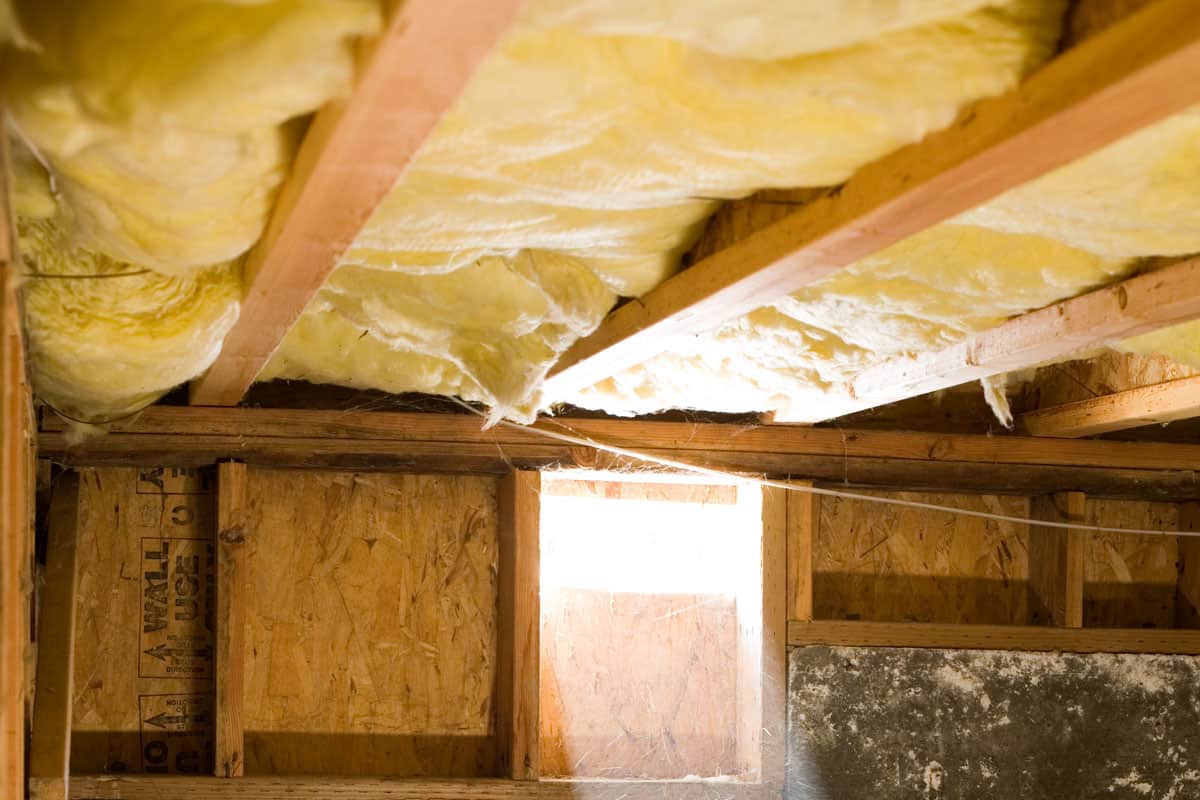
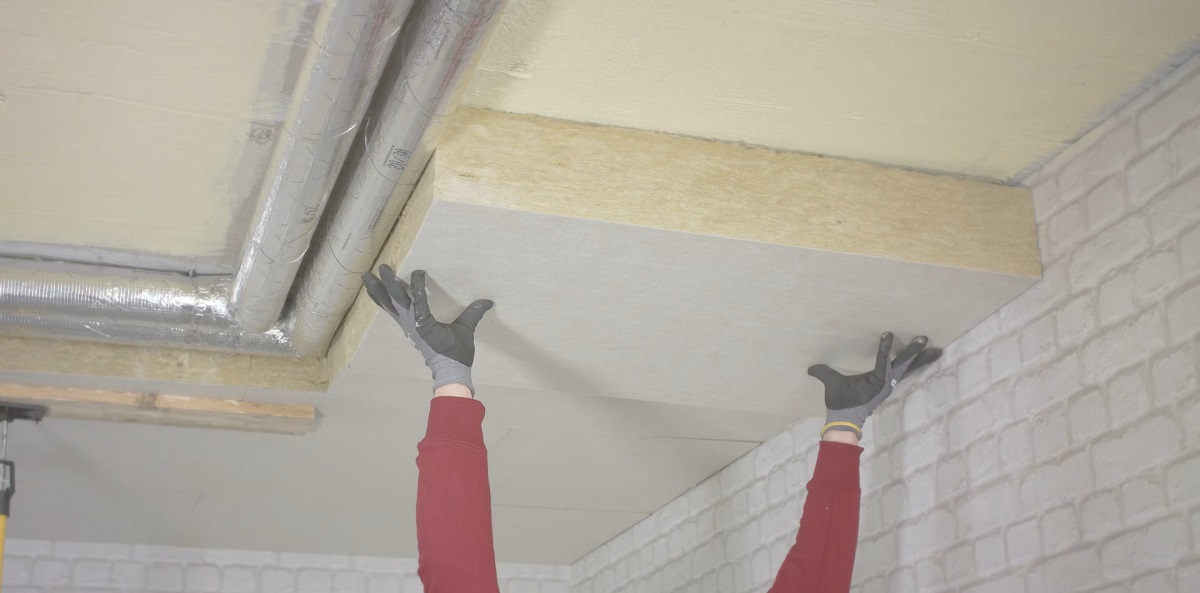
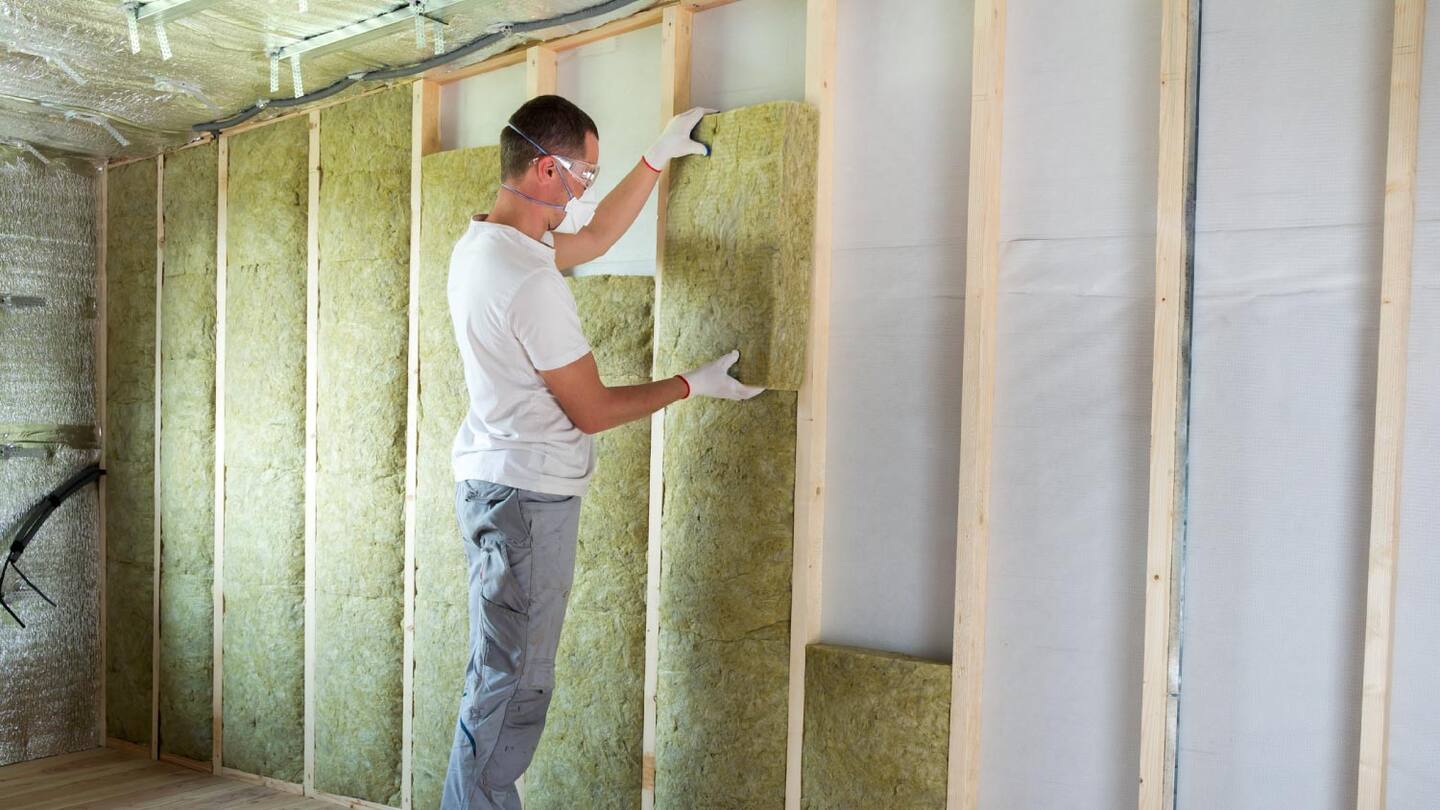
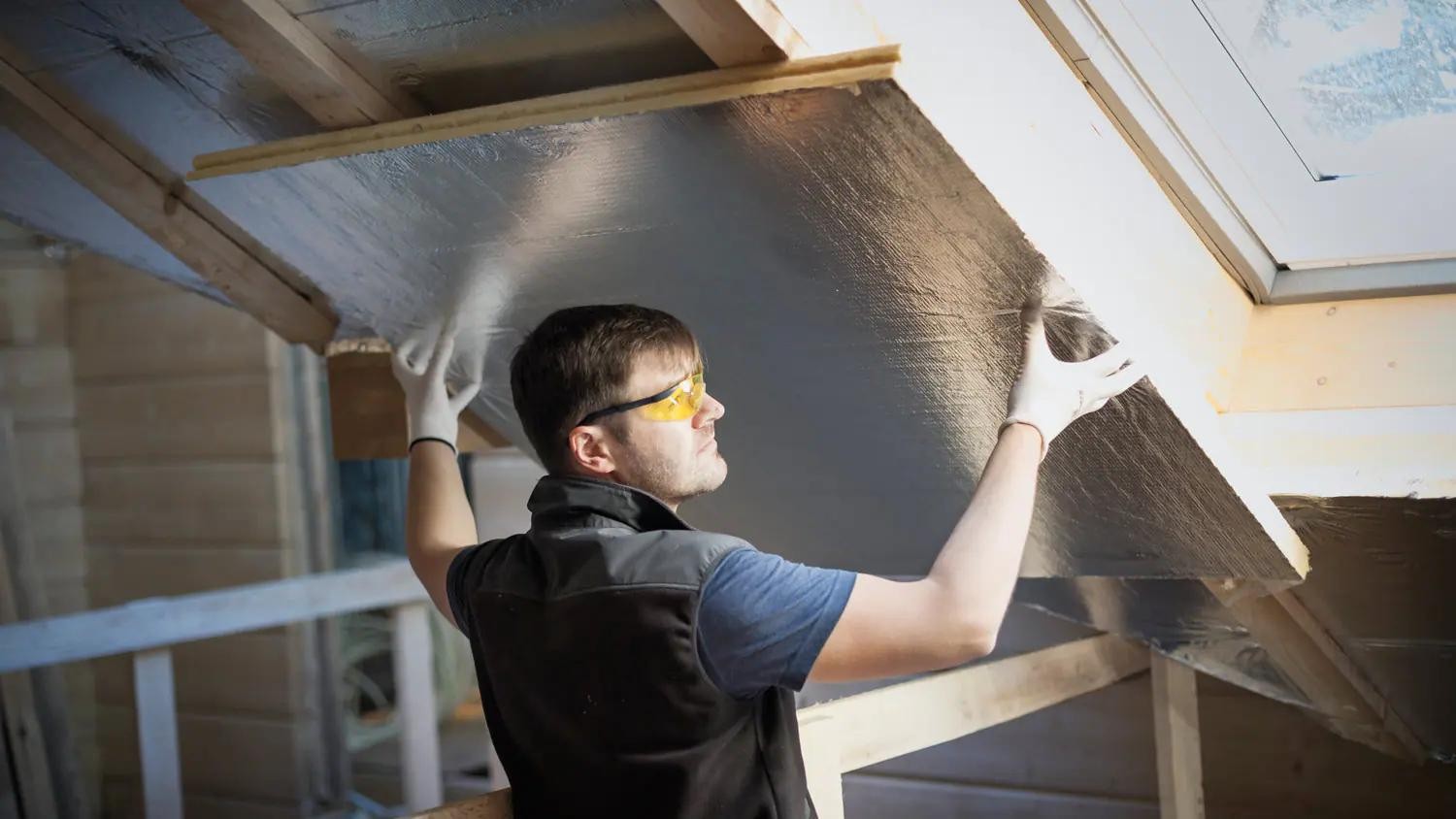
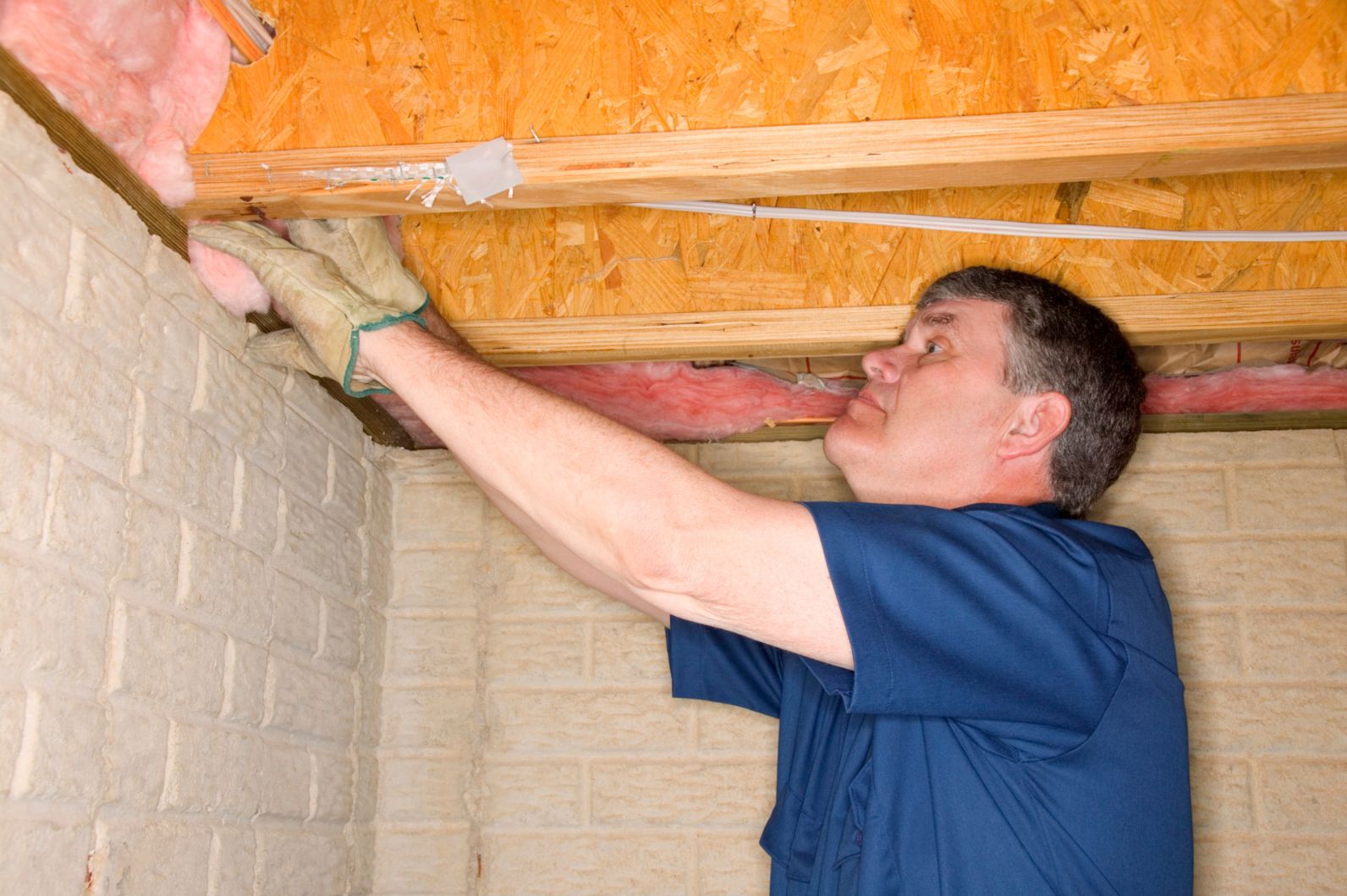
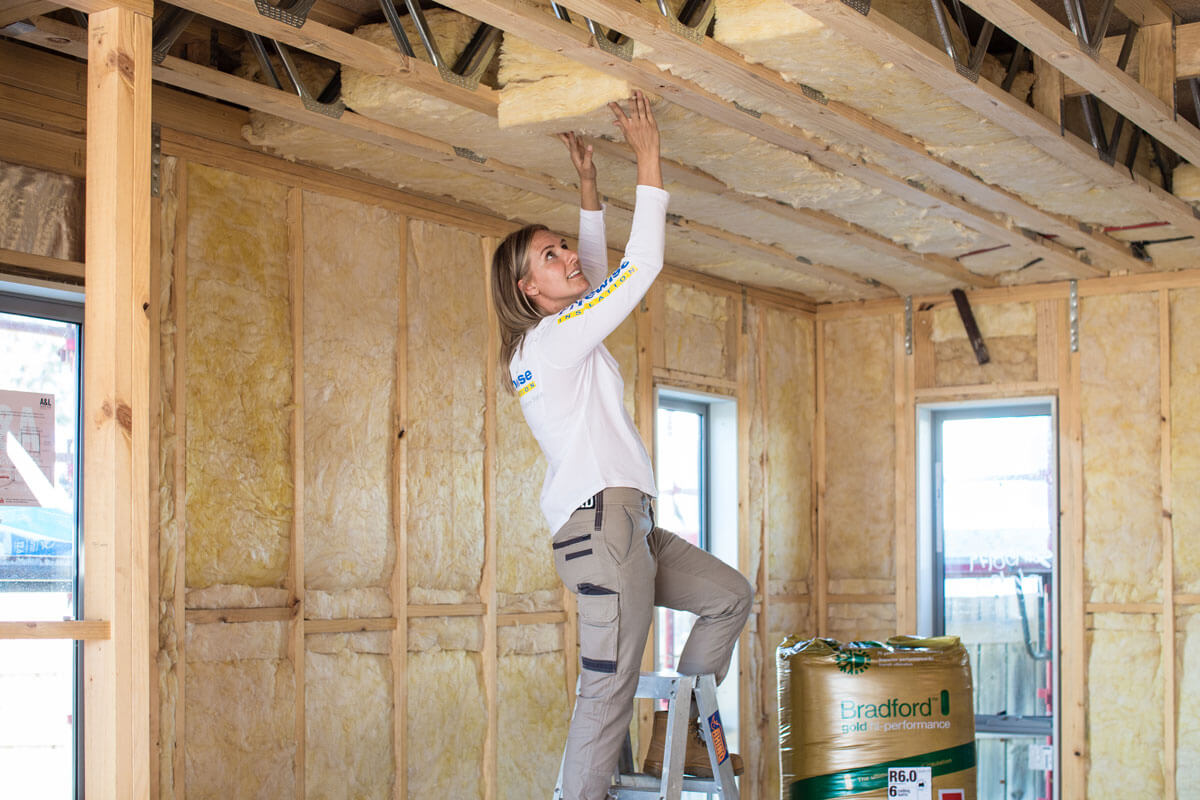
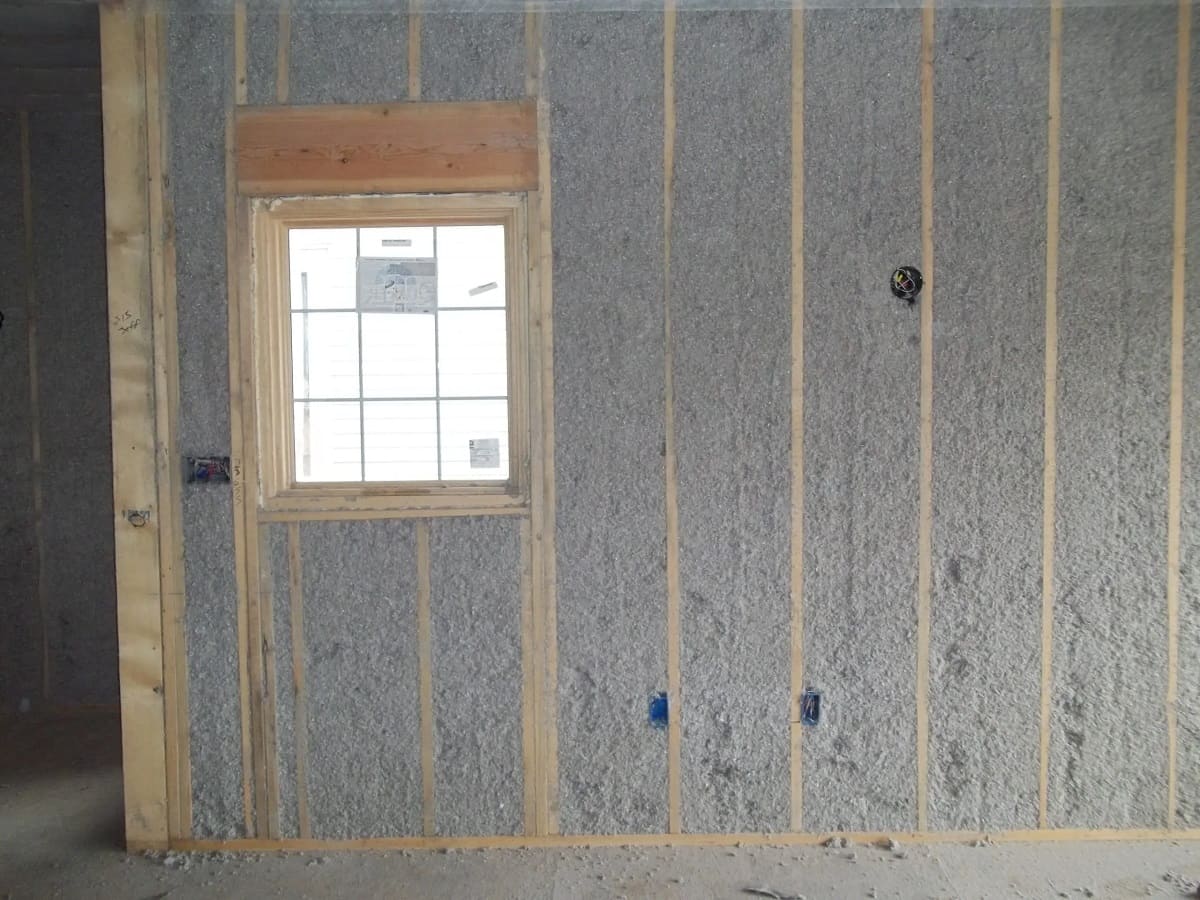
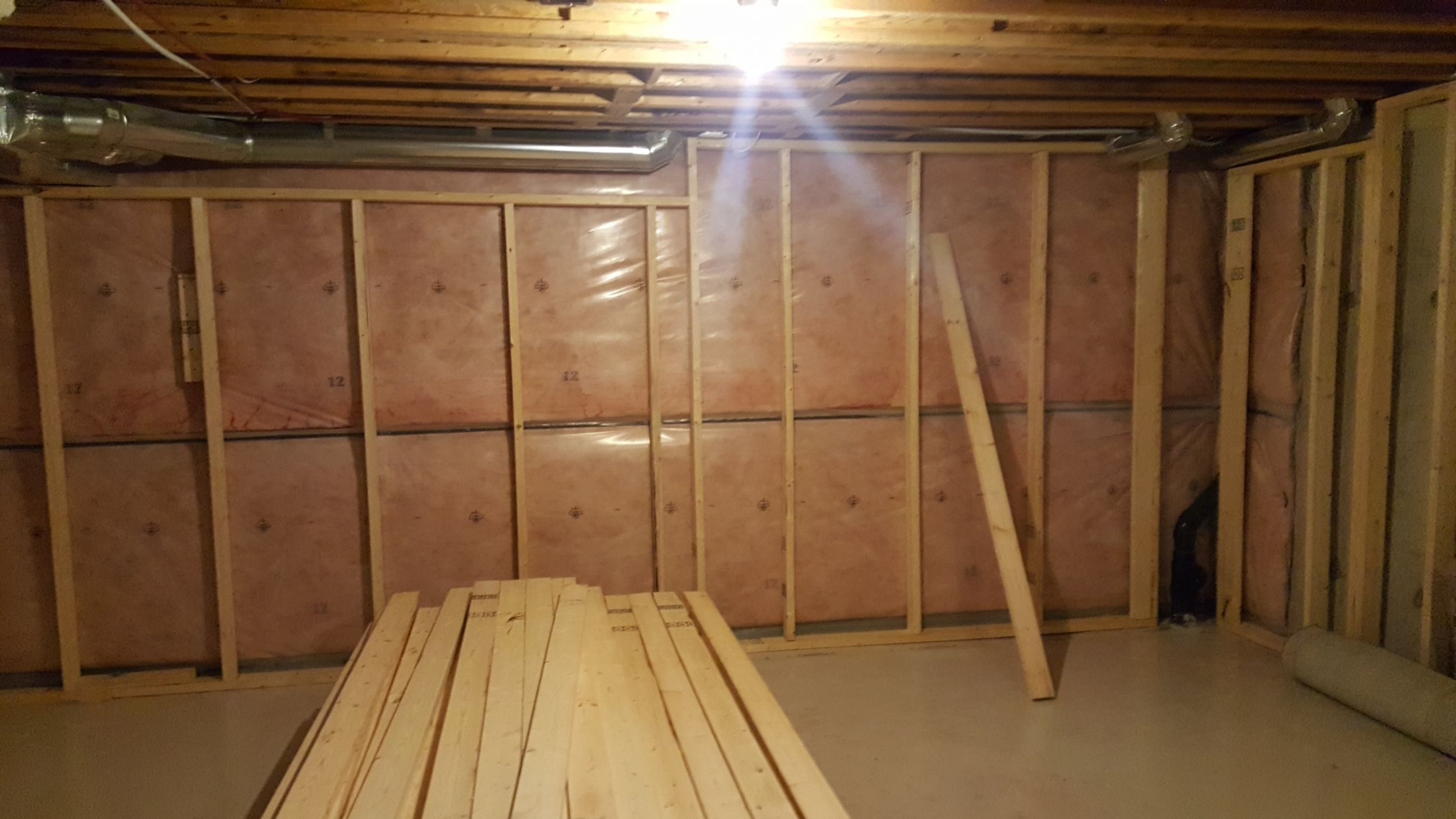
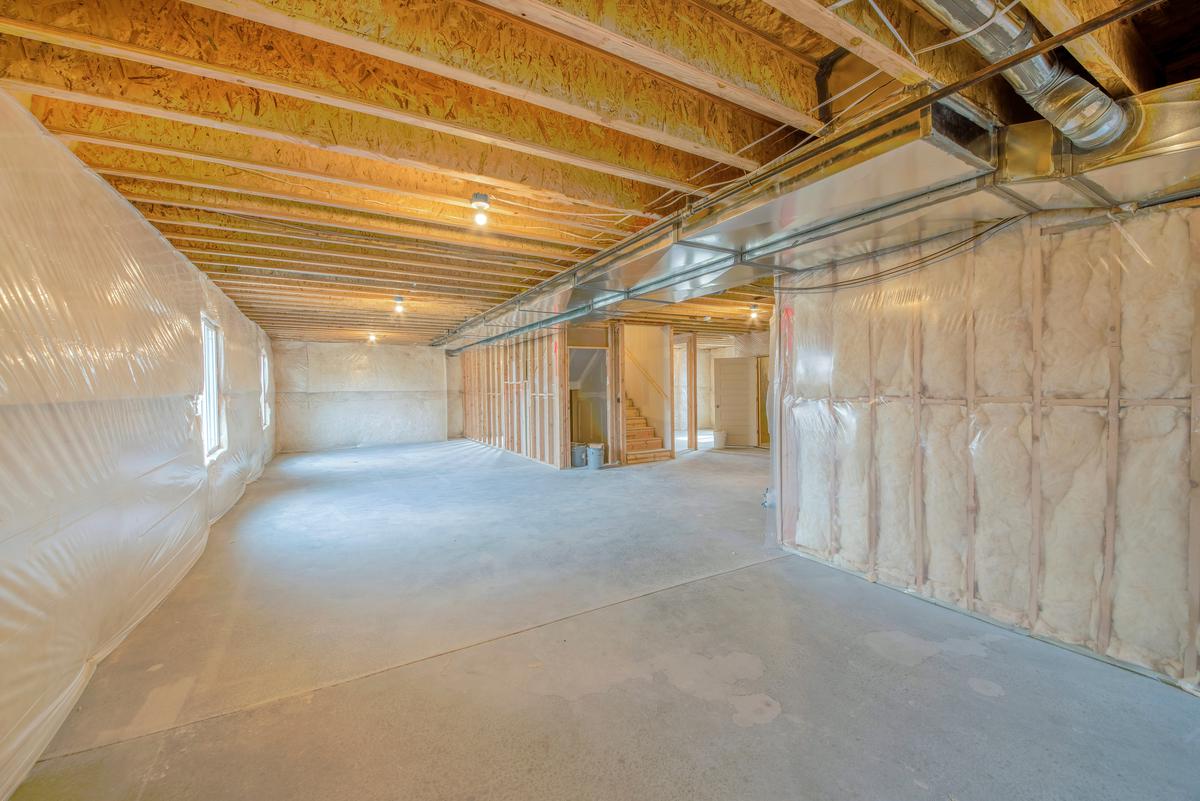
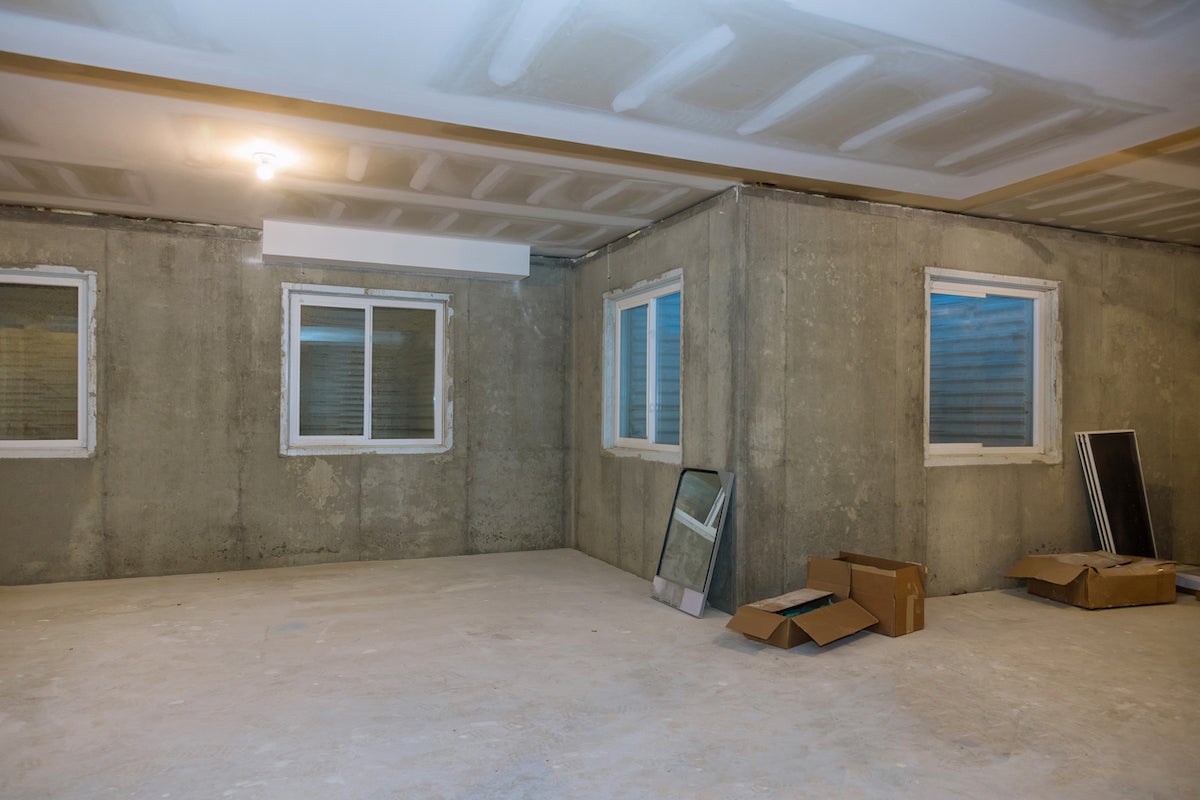
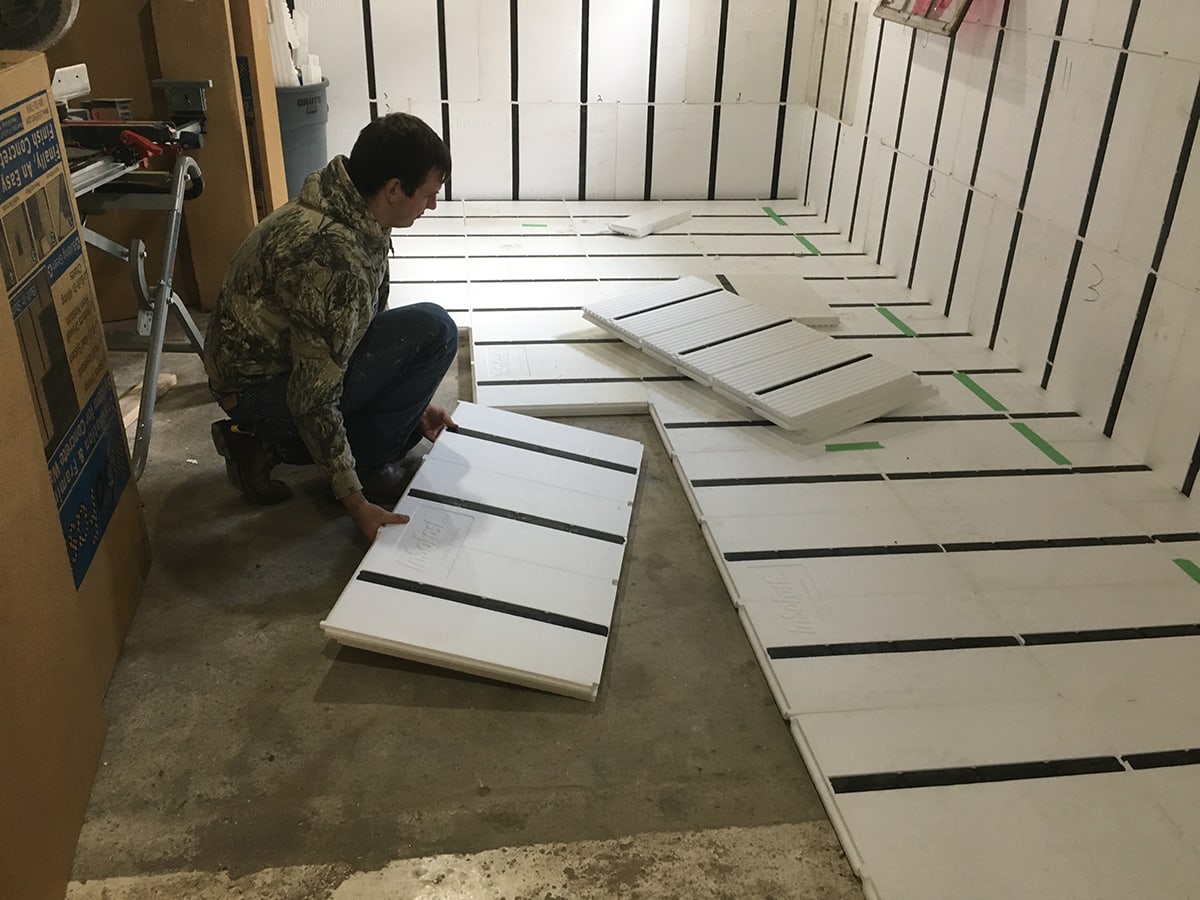
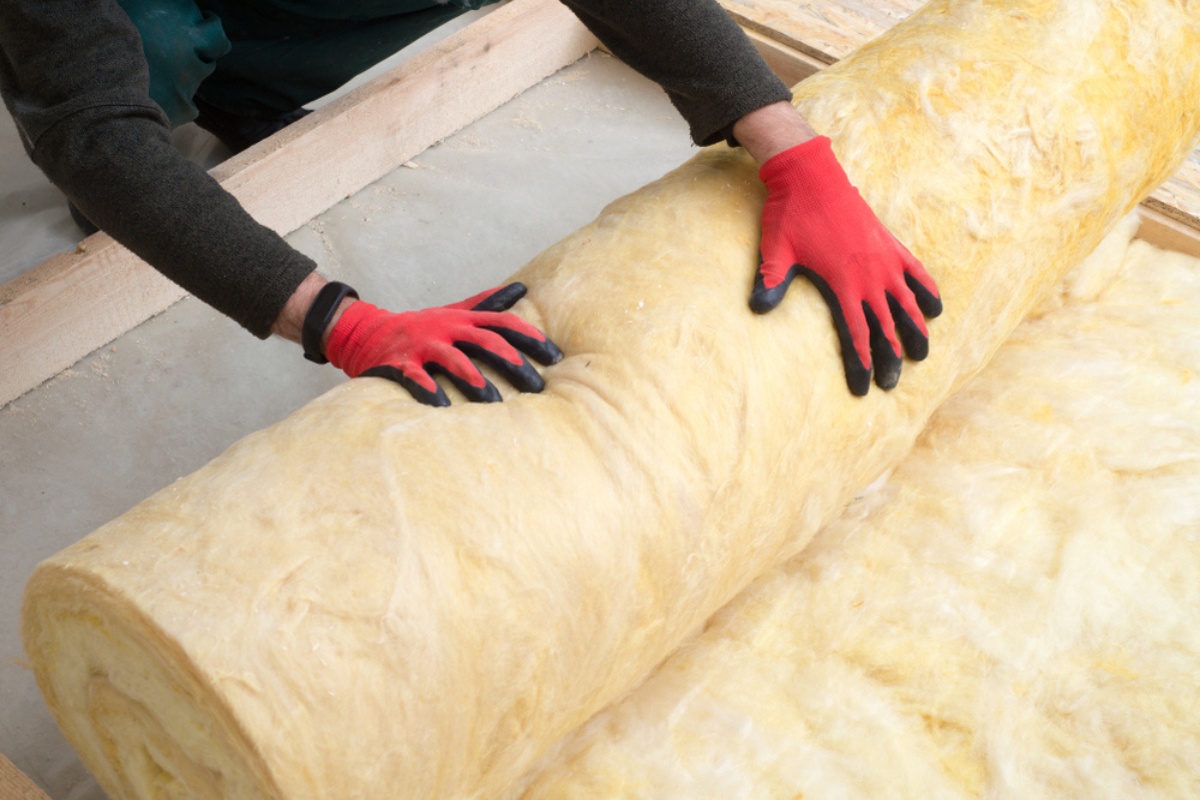
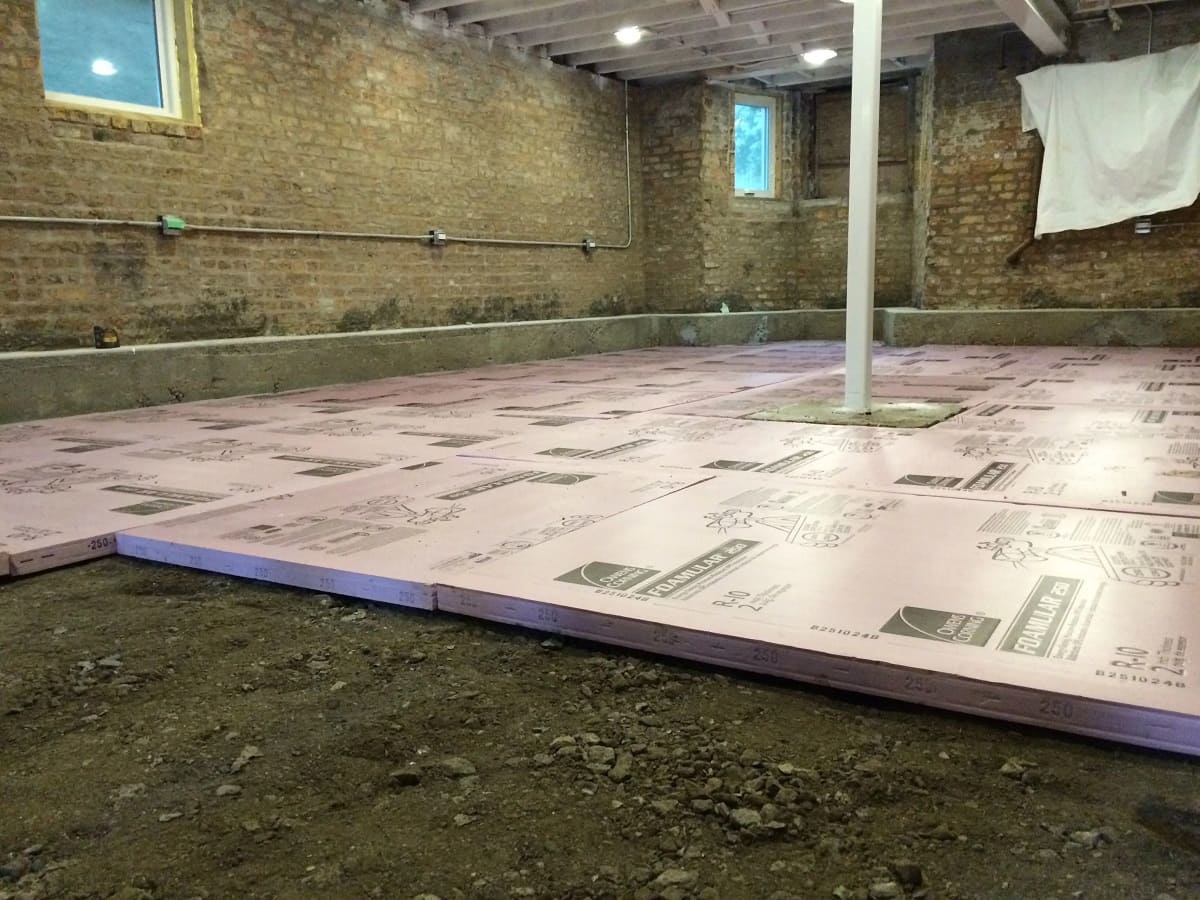

0 thoughts on “What Insulation To Use For Basement Ceiling”